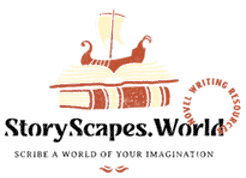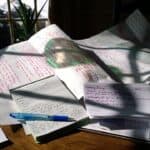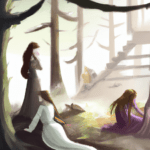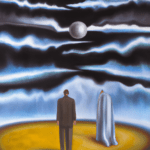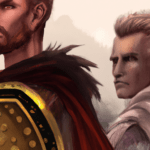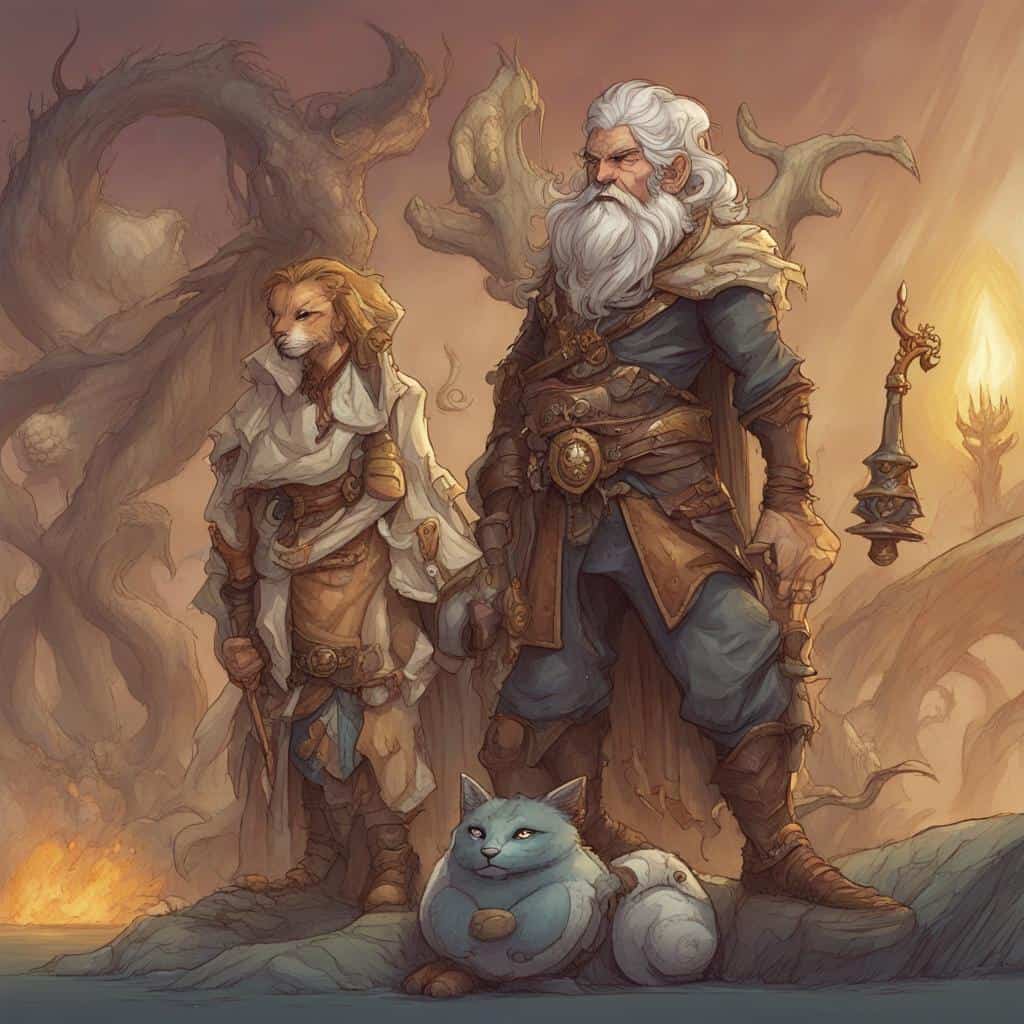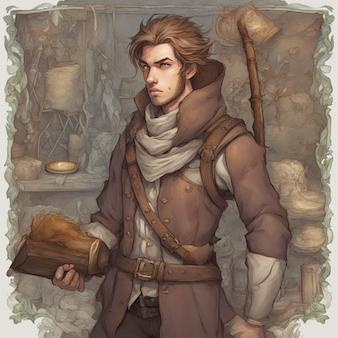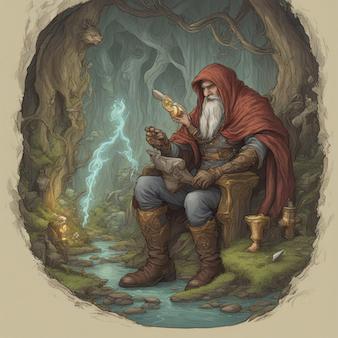Fantasy maps are a crucial element of many fantasy stories, serving as a visual representation of the world in which the story takes place. Creating a fantasy map can be a fun and rewarding experience for writers and artists alike. However, it can also be a daunting task, especially for those who are new to cartography. In this article, we will discuss some tips and tricks for creating a fantasy map that looks both authentic and imaginative.
Creating a Fantasy Map
Begin with a basic outline
The first step in creating a fantasy map is to start with a basic outline. This can be as simple as a rough sketch of the landmasses and bodies of water. Once you have a basic outline, you can begin to add more detail and complexity to the map.
Consider the geography
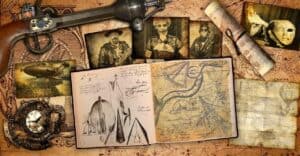
When creating a fantasy map, it is important to consider the geography of the world you are creating. This includes the location and shape of continents, the size and placement of oceans and seas, and the presence of mountain ranges, rivers, and forests. In addition, you should consider the climate of the world, as this can affect the placement of deserts, forests, and other types of terrain.
Add landmarks
One of the most important aspects of a fantasy map is the inclusion of landmarks. These can include cities, towns, castles, and other points of interest. When creating these landmarks, it is important to consider their location and the surrounding terrain. For example, a castle might be located on a hill overlooking a river, or a city might be situated in a valley surrounded by mountains.
Use a consistent style
When creating a fantasy map, it is important to use a consistent style throughout. This can include the font used for labels, the color scheme, and the style of the terrain. A consistent style will help to make the map look more cohesive and professional.
Consider the history of the world
The history of the world you are creating can also play a role in the design of the map. For example, ancient ruins might be located in certain areas, or borders might be based on historical conflicts or alliances. By incorporating these historical elements into the map, you can add depth and richness to the world you are creating.
Add labels and legends
Labels and legends are an essential part of any fantasy map. Labels should be clear and easy to read, and should include the names of cities, towns, and other landmarks. Legends should include information about the map, such as the scale and the key for the symbols used to represent different types of terrain.
Use symbols to represent different types of terrain
Symbols can be used to represent different types of terrain on a fantasy map. For example, a mountain range might be represented by a series of triangles, while a forest might be represented by a cluster of trees. By using symbols, you can create a map that is both easy to read and visually appealing.
Be creative
Finally, when creating a fantasy map, it is important to be creative. This is your chance to let your imagination run wild and create a world that is truly unique. Don’t be afraid to experiment with different styles and techniques, and don’t be afraid to make mistakes. Creating a fantasy map can be a fun and rewarding experience, and the end result will be a map that you can be proud of.
Creating a fantasy map can be a fun and rewarding experience for writers and artists alike. By following these tips and tricks, you can create a map that looks both authentic and imaginative, and that helps to bring your fantasy world to life.
Keywords: fantasy map, cartography, geography, landmarks, style, history, labels, legends, symbols, creativity.
Check out our Novel Writing Workbooks
Check out Little Tree Food Forest for articles on food forests and homesteading.
Check out FoodieScapes for articles on growing, fermenting and preserving food
Check out StoryScapes.World for articles on writing.
Subscribe to our newsletter to get information delivered to your inbox on how to write a book, outlining your novel, keeping journals, marketing your novel, self-publishing, writing poetry and more.
